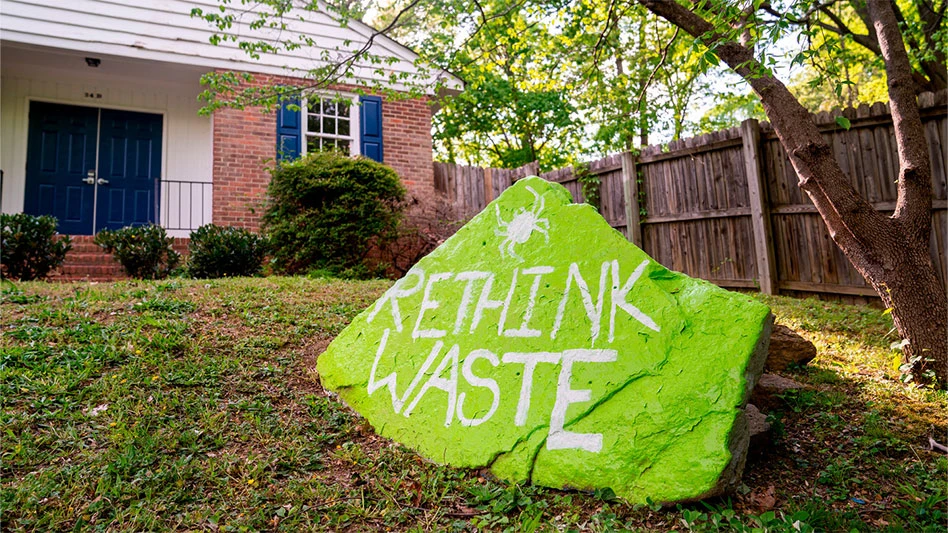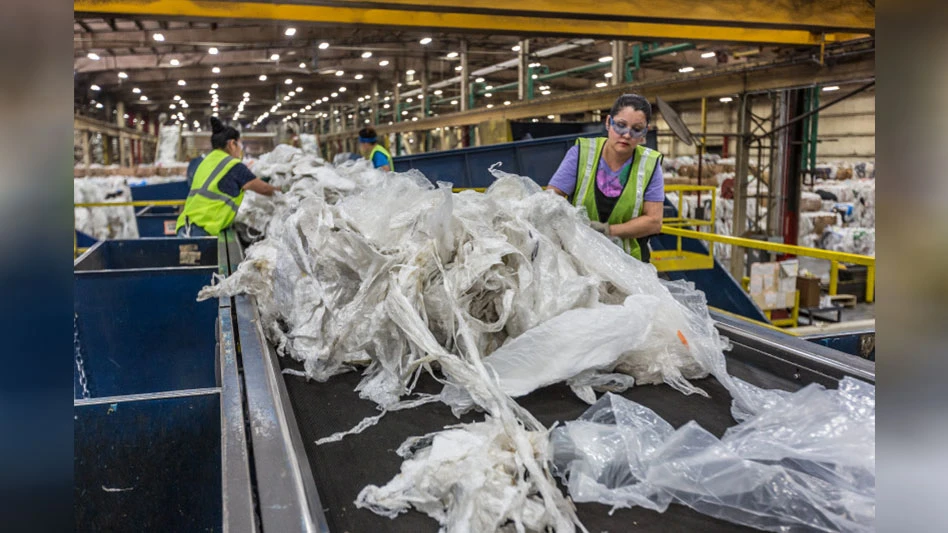
Photo: Dreamstime
Foam recycling has become more convenient for residents of Thomaston, Georgia, according to Dart Container Corp., headquartered in Mason, Michigan, which recently launched a foam recycling drop-off center for city residents. The new drop-off is publicly accessible 24 hours per day, seven days per week, and provides a free option for local residents, businesses and organizations to recycle foam labeled with a No. 6 chasing arrows symbol.
The Thomaston drop-off site at 2260 Delray Rd. (across the street from the Upson County Airport) will accept a variety of recyclable foam, including cups, egg cartons, meat trays, ice chests and packaging that is frequently used to protect fragile materials, such as electronics, during shipping.
“We encourage Thomaston residents to take advantage of the new drop-off and recycle their used foam, especially this upcoming holiday season,” says Christine Cassidy at Dart Container. “Many people don’t realize that foam is recyclable. We are excited and proud to continue to promote foam recycling and offer this service.”
Once collected, the foam is recycled into many different types of products, including picture frames, baseboards and crown molding, Dart says.
To participate in the program, residents should:
- ensure the foam has the No. 6 chasing arrows symbol on it;
- deposit foam in a clear or translucent bag;
- rinse or wipe foodservice containers free from food; and
- remove straws, lids, tape or any other nonfoam material.
Foam packaging peanuts are not accepted at the center. For recycling options for this material, residents should call 800-828-2214 or visit www.loosefillpackaging.com for drop-off sites.
Businesses that would like to make large deliveries should phone 706-647-2205.
Get curated news on YOUR industry.
Enter your email to receive our newsletters.
Latest from Recycling Today
- Goodwill Industries of Ontario Great Lakes and Rotogran International announce collaboration
- Textile Recycling Expo USA launches in Charlotte, North Carolina
- SSAB trials using crumb rubber from scrap tires in steelmaking
- EGA Spectro Alloys begins aluminum billet production
- Tariff on copper could be looming
- Lefort Trax 1375 model on the job in Indiana
- Sennebogen demolition unit gets new leaders
- TerraSafe launches plastic-free products following merger with DisSolves





